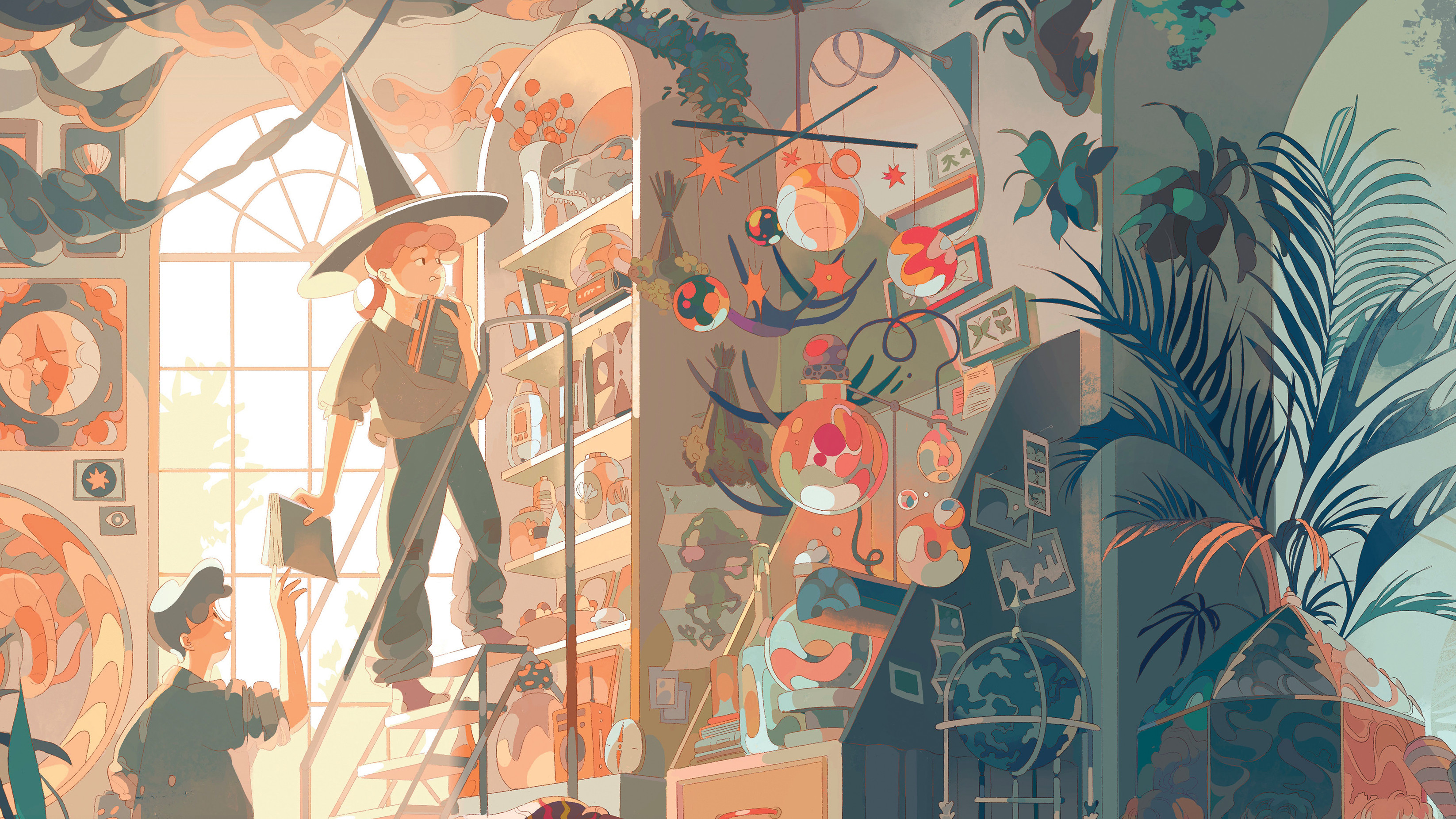
One of the highlights of Gen Con is the ENNIE awards, which recognise and celebrate the best-loved tabletop role-playing games. Every year the winners and nominees are a treasure trove of the most interesting and creative examples of the genre, and the 2024 lineup was no different.
Solo adventure Koriko: A Magical Year was one of the stand-outs of the event, picking up prizes in the best production values and best cover art categories, and nominations for best writing and product of the year. What this winner and others have in common is a blend of beautiful art, created using traditional art techniques with the best digital art software, and clever game design.
Koriko is the work of game designer Jack Harrison, who took inspiration from the Studio Ghibli film and Eiko Kadono novel Kiki’s Delivery Service. The game is different to most RPGs in that it’s designed as a contemplative creative writing exercise for one person, as opposed to a competitive quest for a group. The player takes on the role of a teenage witch who journeys to Koriko, a city that they must design themself based on the game’s writing prompts.
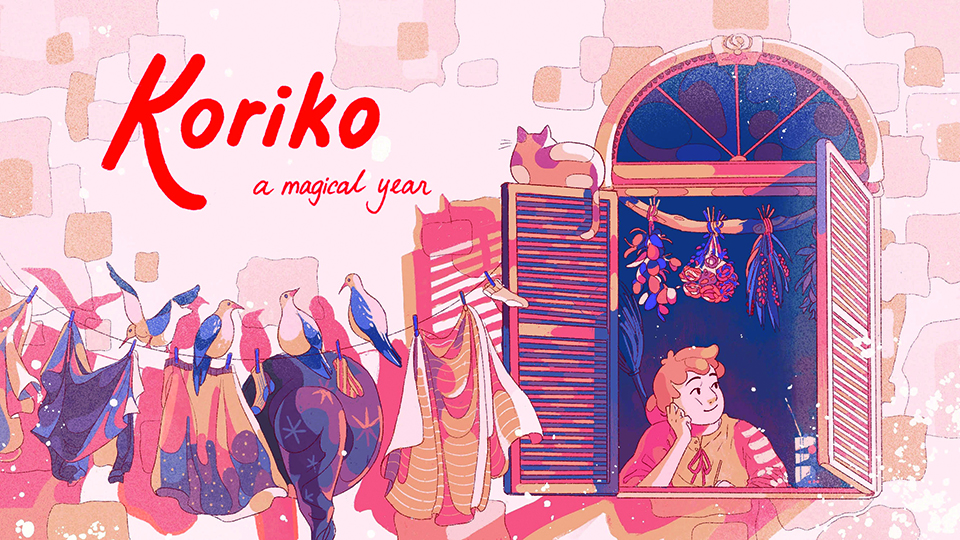

Art as game design
The game centres around drawing out the player’s creativity, and the art serves as kindling for the imagination and a jumping off point for story ideas. Jack tells us: “With all my projects I’ve enjoyed going outside the typical RPG art scene, which can sometimes feel overly nostalgic, grim-dark, or just kind of, well, boring. Especially with this game, I wanted to say to people ‘even if you’ve never played an RPG before, or you played D&D once and didn’t like it, this is still for you’.”
Jack found his collaborator, the artist Deb J.J. Lee, on Instagram, and thought their art style would work perfectly with his idea to set the game in an environment that resembled Italy’s Amalfi Coast. Fortuitously, the project coincided with a point of evolution in Deb’s art technique.
“In Koriko, the character sets out for a destination where anything is possible,” Deb explains. “Luckily, my illustration process began to change around this time, where I began to use unexpected colours to denote highlights, lighting and so on. It gives a jewel-like rendering effect to the subject matter. I think this worked in my favour!”
Jack adds: “Deb’s style was a great thematic fit for the cosy, relaxed vibe of the game. I was thrilled when they accepted the commission.”
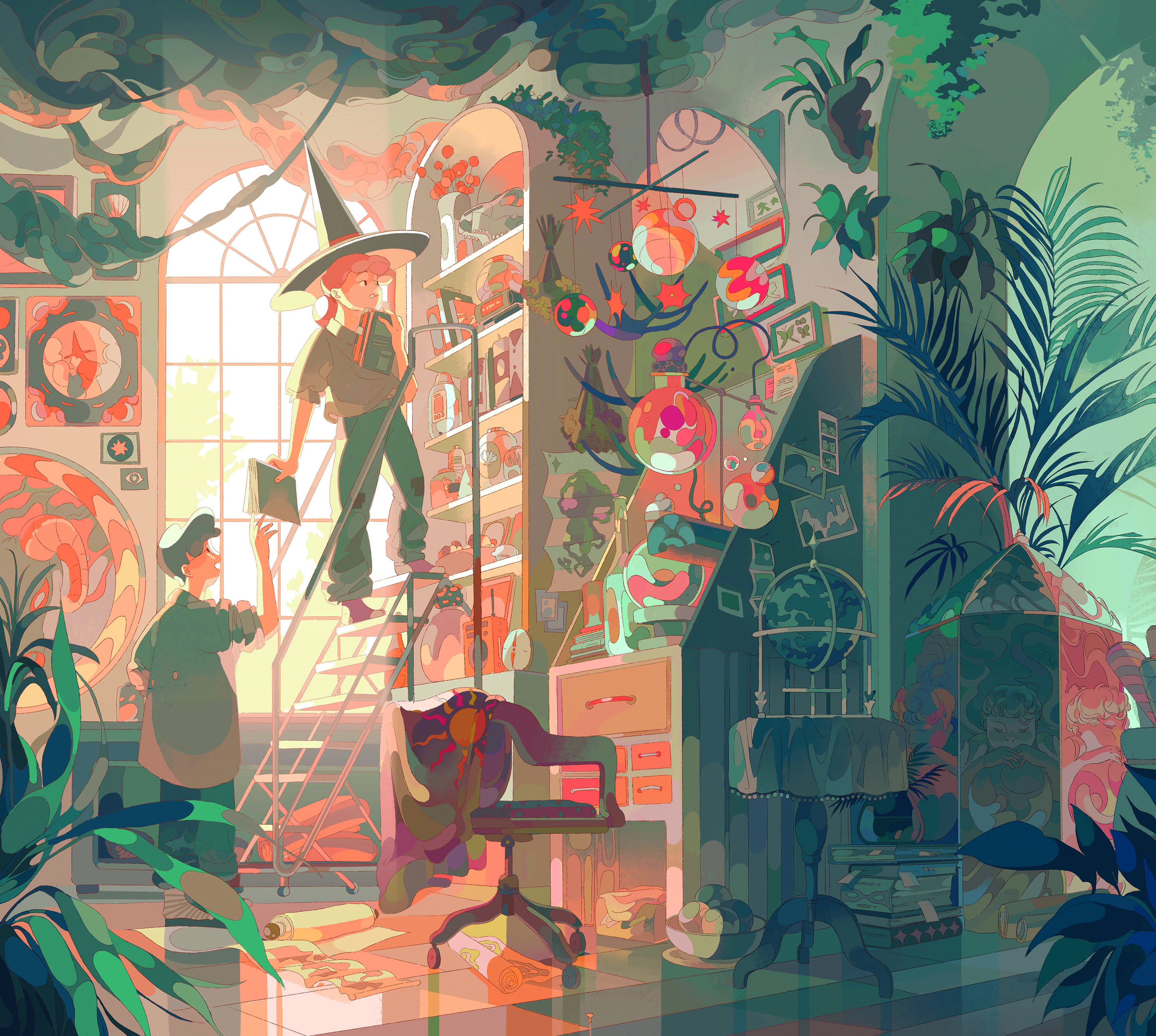
Strong artwork is the key factor in attracting attention when trying to fund and sell a game. “It’s really all about the art!” Jack says. “You can write the best game in the world with astonishingly clever mechanics and decades of content, but if it looks dull you’re going to have an uphill struggle getting anyone to actually play it. Of course, once you’ve sold people on the project you’ll need to back it up with a good game or they will be disappointed.”
He recommends crowdfunding rather than self-funding as a way to get games made, not least because it gives you an indication of whether your project will succeed before you begin. “Crowdfunding provides you with a big marketing opportunity, and also lets you fund the production of the game without shouldering all that risk yourself,” he says.
Jack adds: “If your game doesn’t fund on Kickstarter, you’ll have spent a small amount of money to know that it’s not a compelling product yet. Before crowdfunding was accessible to creators, we often used the term ‘fantasy heartbreakers’; disappointing, self-funded projects that often resulted in a garage full of unsold books.”
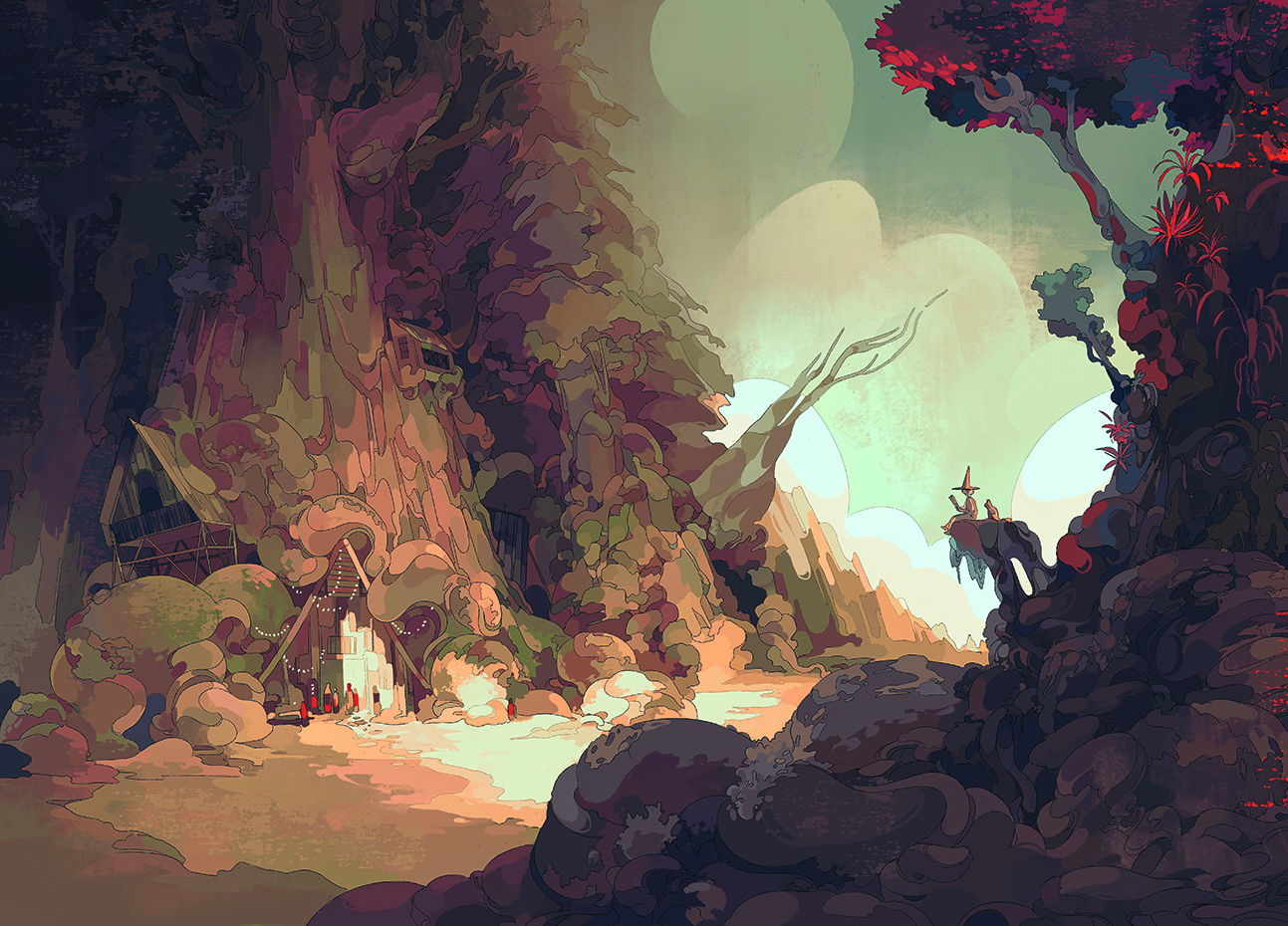
With a funding goal of just £5,000, Koriko attracted more than 7,000 backers who pledged over £235,000 on Kickstarter, demonstrating the faith and enthusiasm in the gaming community for Jack’s work.
His advice for aspiring game designers is to start out by creating your own take on an existing formula. Jack says: “The TTRPG community is encouraging and accepting of ‘hacks’ of game systems – taking ideas and mechanics from one game and combining them into something new.
“There are even ‘system reference documents’, or SRDs, that are explicitly written to make it easier for people to create new games from existing systems. If you’re new to designing, it’s often much easier to start with something proven and tweak it to fit your desired goals, rather than coming up with a whole game from scratch.”

Discovering an art style
Also successfully funded on Kickstarter, and also a game that can be played alone if desired, Across a Thousand Dead Worlds is a space exploration adventure that picked up an ENNIE nomination for best cover art. It’s by Blackoath Entertainment, a small team that specialises in creating “soloable” experiences to meet the needs of gamers who don’t have time to organise full-on gaming sessions with others. Players must journey across the galaxy exploring abandoned scientific research outposts in search of remnants of alien technology.
The first and most important step for game designer Alex T. is selecting artists whose style naturally fits the game rather than trying to “shoehorn a particular art style” into someone’s work. “I tend to be very vague with my directions for artwork,” he says. “This is why it is crucial for me to find the correct artist for each project; I prefer to let artists express their own vision and do what they do best, without me interfering.”
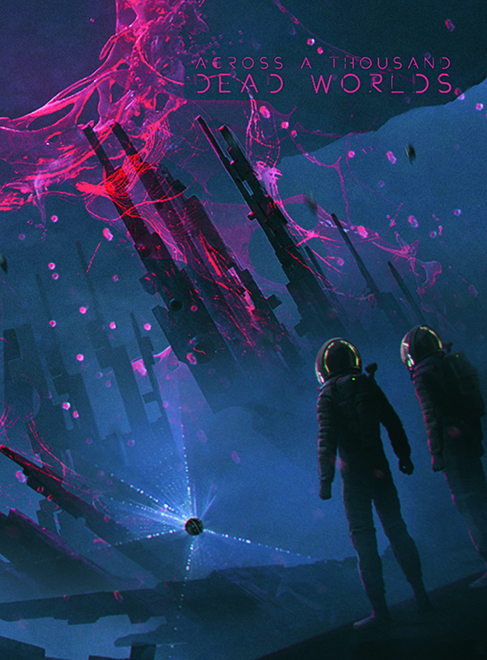
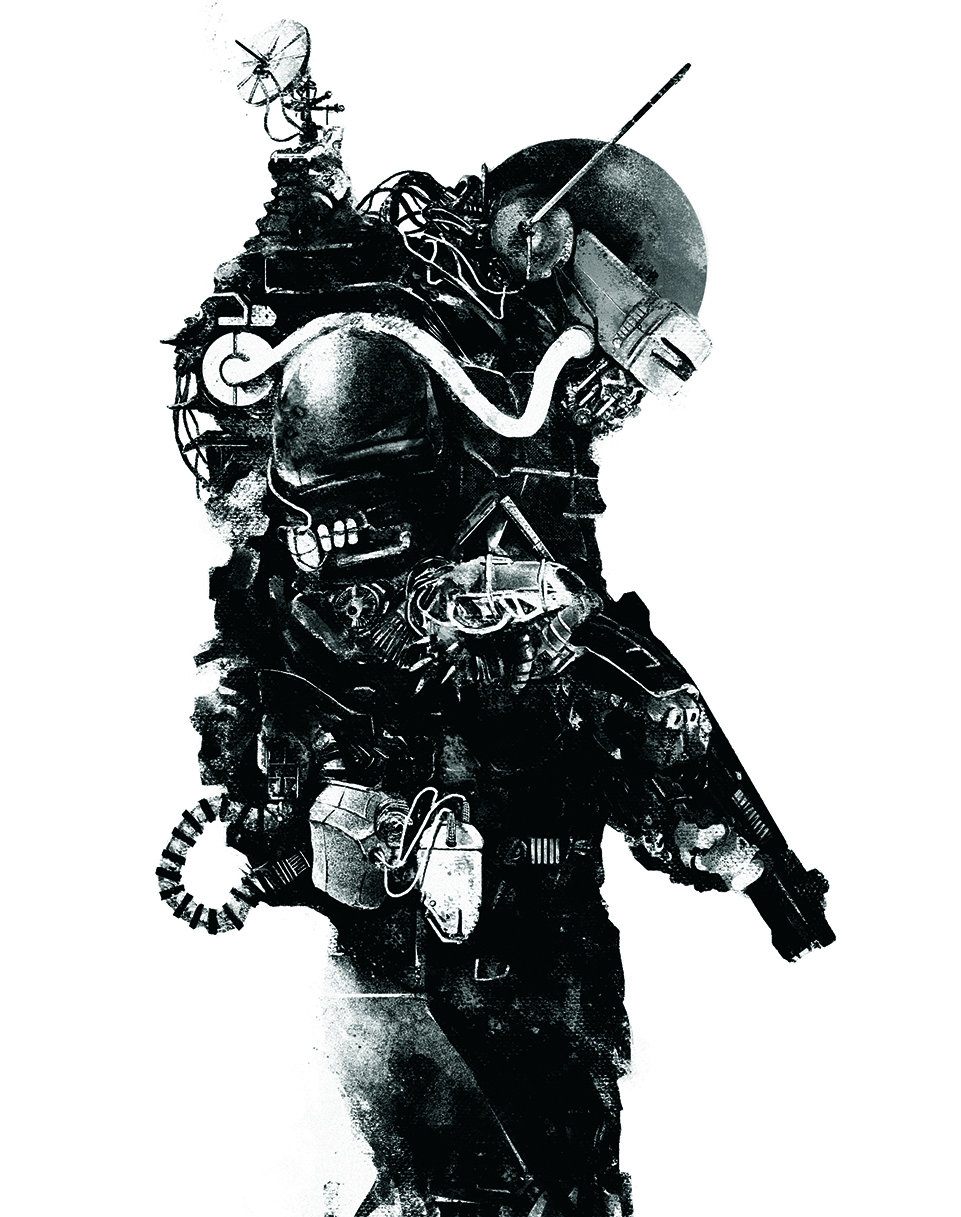
He likes to give basic instructions such as "a warrior fighting a monster", using references from comics, films or books to give the artist a general sense of the mood and direction he wants.
Brazilian illustrator Vil, who uses a gloom art style, created the interior artwork for Across a Thousand Dead Worlds. He told us his constant focus was on the “vibe and tone”, because his images would form the players’ first impressions of the world and set their expectations. “I was very attracted by the idea of giving a different spin to the familiar ‘space truckers’ trope, taking some bits from it and putting them in a different light - so I started there and let everything else fall into place,” Vil says.
Alex agrees with Jack’s advice for budding game designers to begin with a hack of an existing system. He adds: “Start small, so you can see that you are able to finish a project. I know many aspiring designers with good ideas who get overwhelmed when they realise how much work it all actually entails.”
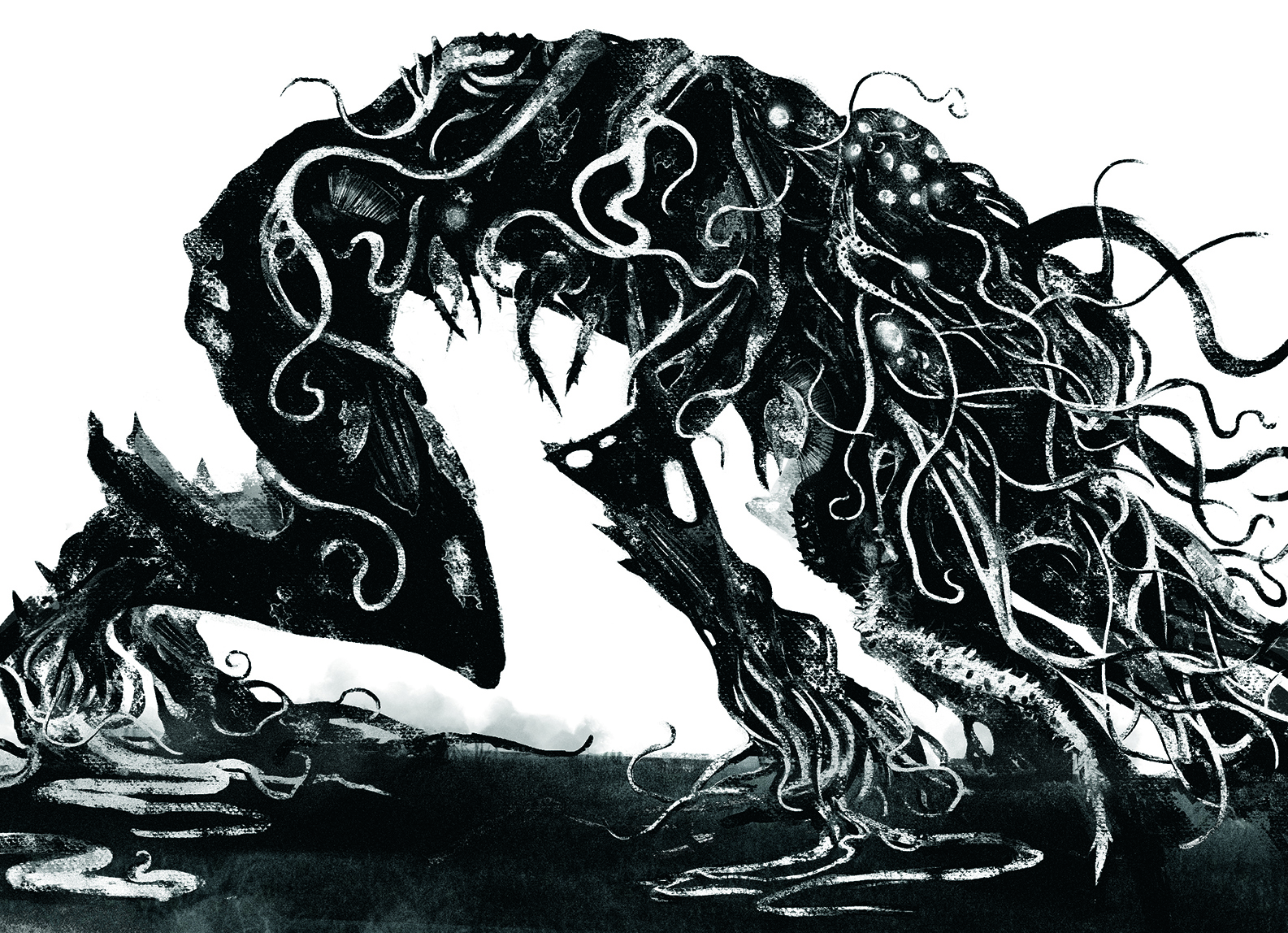
Developing an art style
Nominated for best interior art at the ENNIE’s, Against the Faerie Queene (AtFQ) by Adder Stone Games places the player in a historical setting based on ancient British folklore.
The game’s creator Deren Ozturk explains the concept: “AtFQ is an adventure campaign book for our already-established Celtic Iron Age fantasy world of Avallen, which we introduced with our core TTRPG rulebook, Legends of Avallen (LoA). The art aesthetic for AtFQ was a continuation of LoA’s. For this legendary world of ancient stories, I didn’t want photo-realism; I want the art to be raw, painterly, vivid, and obvious that you’re looking at a piece of imagination crafted by another person.”
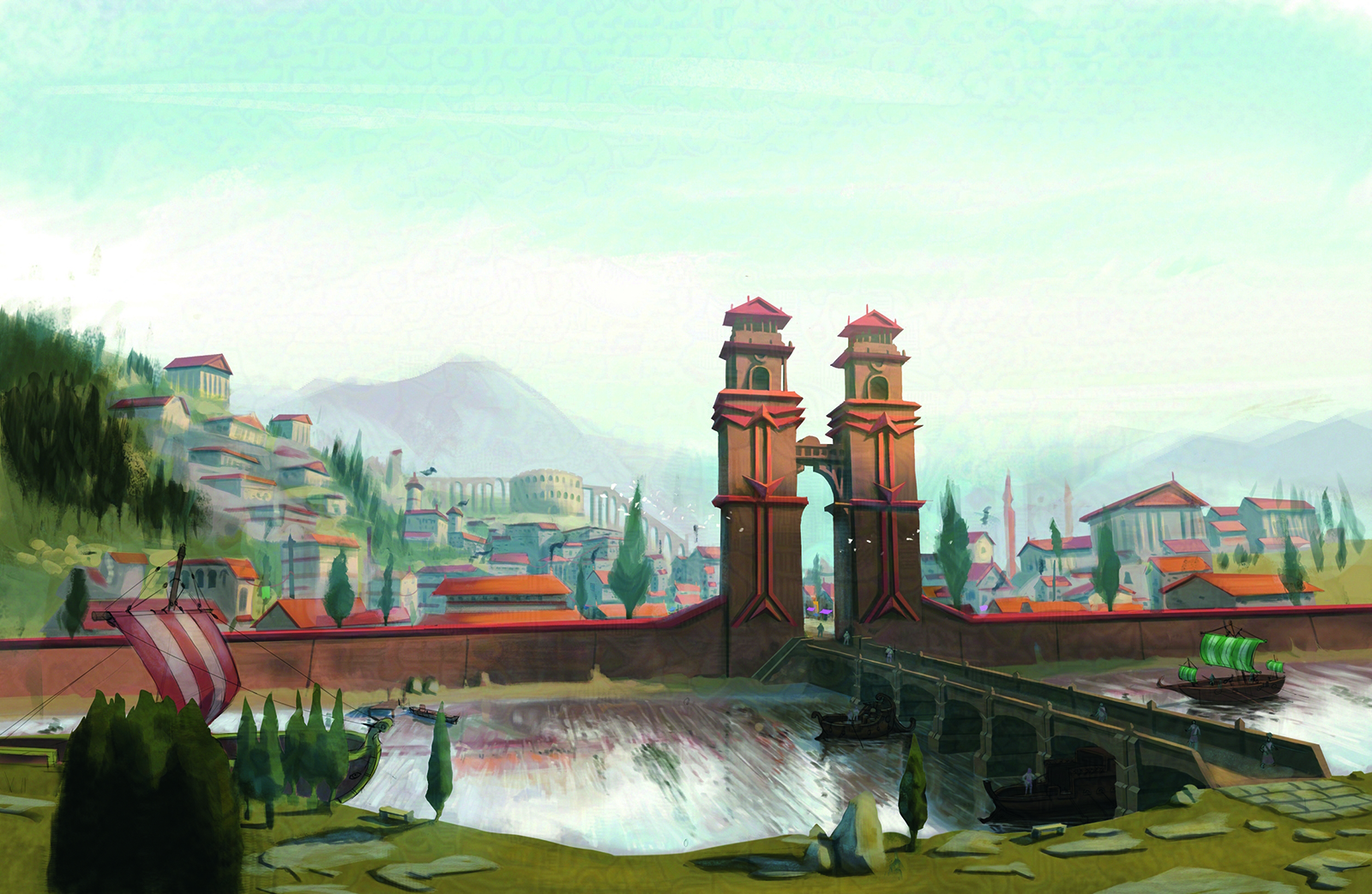
A key focus in this second book was developing the look of the different locations and clans in the world, most notably by creating the fifteen double-page-spread illustrations that open each campaign chapter, and lead artist Rafa Guisso can attest to.
Rafa explains: “As it's a game that represents a historical moment in a culture, we've always been concerned with maintaining the feeling that it's a believable universe. So before the first drafts, I always sought guidance from Deren and researched direct Celtic culture references.” Deren adds: “Drawing on historical sources, local folklore, and also adding our own fantastical twists was a big part of art directing for this book.”
Marketing the game was a case of creating artwork that would make the setting clear to the audience. “Avallen uniquely makes real the legends of pre-medieval folklore from Wales and Brittania at large,” says Deren. “Having artwork that immediately conveys that is important for drawing in people interested in our particular niche.
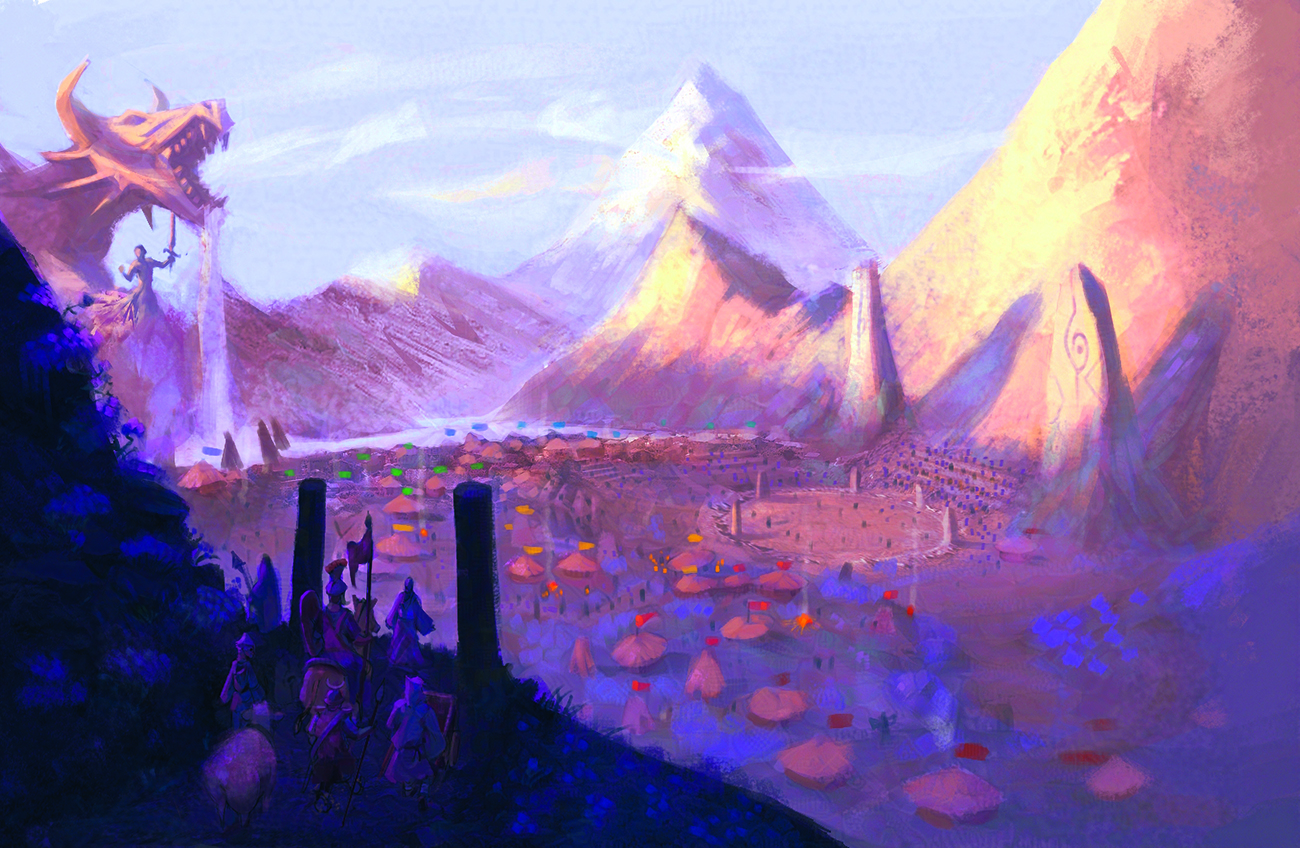
Deren's advice for those tempted to embark on creating their own TTRPG is this: “Firstly, playtest, and playtest early. Don’t delve too deep on an idea until you know it works. Secondly, get a partner. You can’t be good at everything and you’ll want someone to read what you’ve written to ensure it makes sense outside of your own mind. And finally, once you have a cohesive idea that’s presentable, attend cons, in person or online, to show off your concept and grow a mailing list of people interested in your game.”
This content originally appeared in ImagineFX magazine, the world's leading digital art and fantasy art magazine. ImagineFX is on sale in the UK, Europe, United States, Canada, Australia and more. Limited numbers of ImagineFX print editions are available for delivery from our online store (the shipping costs are included in all prices). Inspired? Take a look at our guide to the best drawing tablets and start creating your own tabletop RPG.







